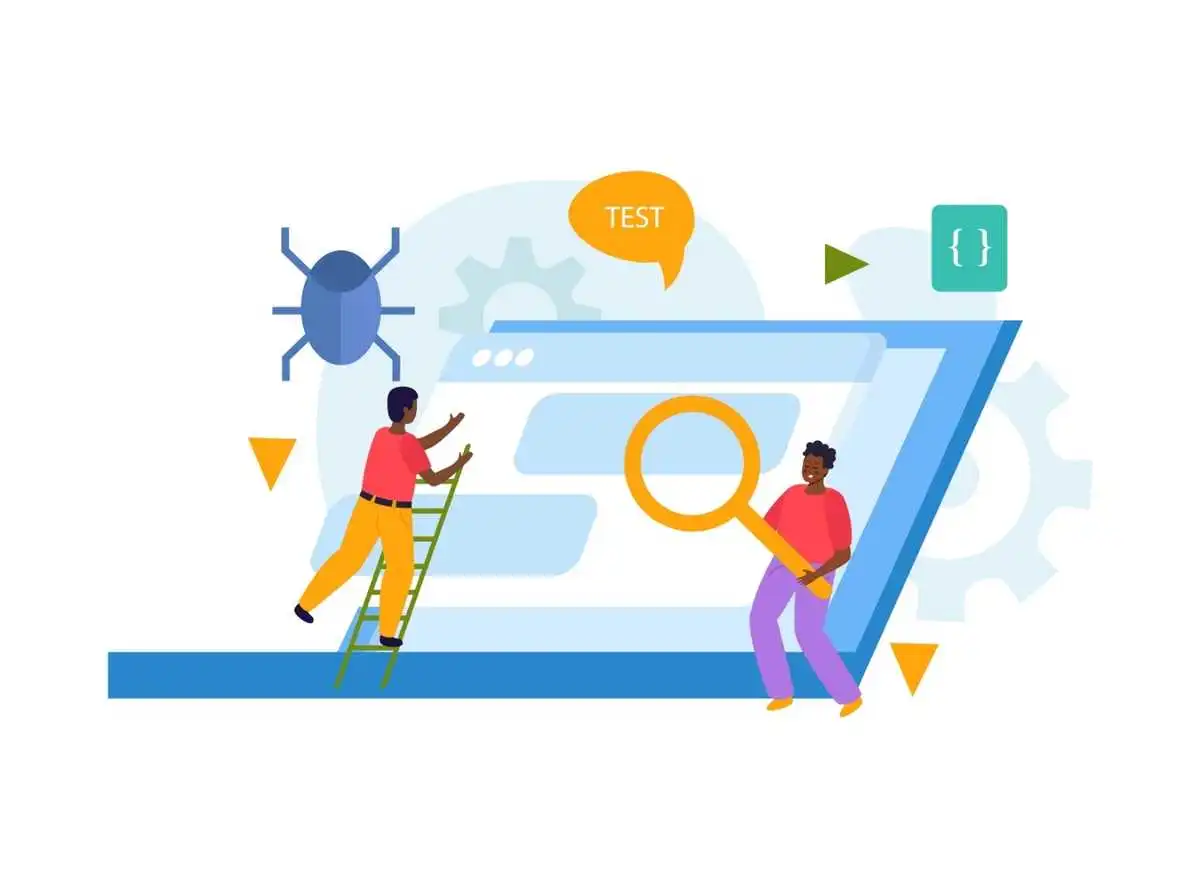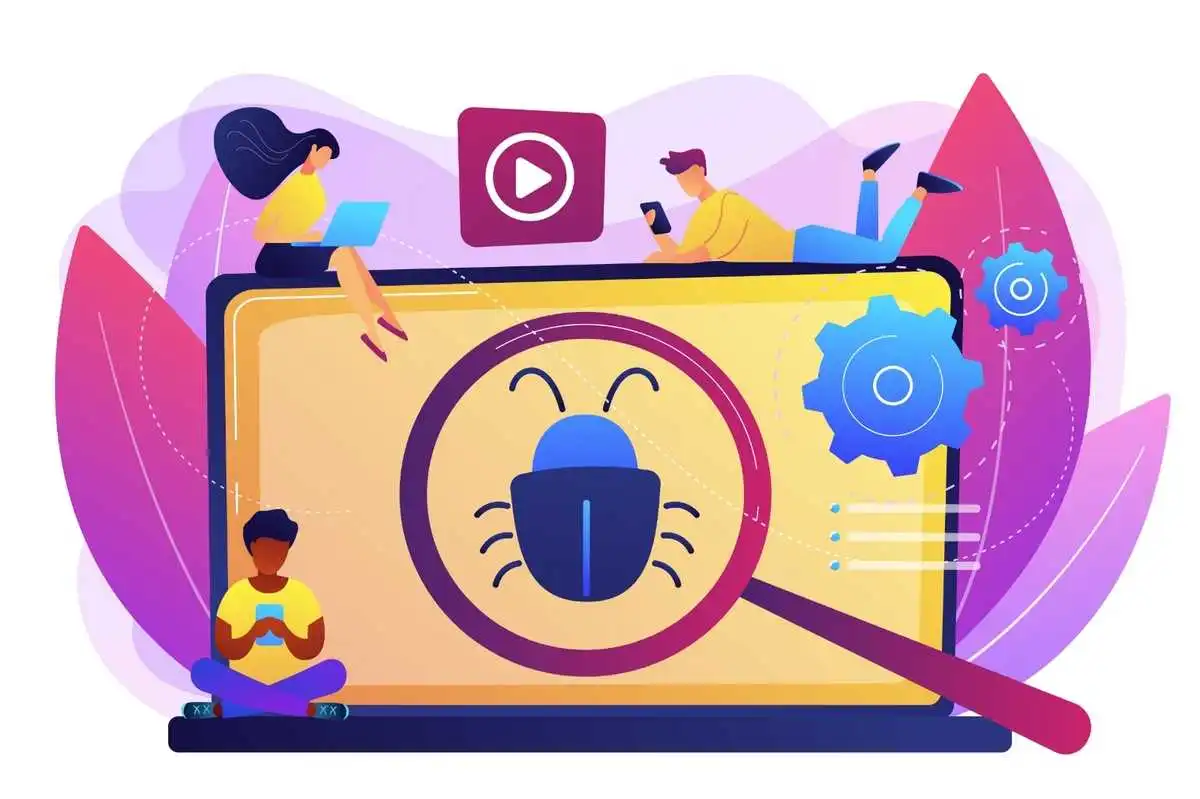As a beginner web developer, I know firsthand how frustrating it can be when a website doesn’t work as expected. Even the most well-designed and rigorously tested websites can still have bugs. That’s why it’s important to have a solid bug hunting strategy in place. In this article, I’ll walk you through the basics of bug hunting, including the types of bugs you might encounter, the tools and techniques you can use to find them, and best practices for reporting and fixing bugs.
Introduction to Bug Hunting
Bug hunting is the process of finding and fixing bugs or errors in software. In the context of web development, bugs can refer to any number of issues that prevent a website from functioning properly. These might include broken links, missing images, server errors, or issues with site performance or functionality.

The goal of bug hunting is to identify and resolve these issues as quickly as possible, to ensure that your website is running smoothly and providing a positive user experience. This process can be challenging, as bugs can be difficult to identify and fix, but with the right tools and techniques, you can streamline the process and minimize the impact of bugs on your website.
Types of Website Bugs and their Impact
Before you can begin hunting for bugs, it’s important to understand the different types of bugs you might encounter, and their potential impact on your website.
Here are some common types of website bugs:
Functional Bugs
Functional bugs are issues that prevent a website from working as intended. These might include broken links, missing images, or errors with site functionality or navigation. Functional bugs can have a significant impact on user experience, as they can prevent users from accessing the information or features they need.
Performance Bugs
Performance bugs are issues that impact the speed or responsiveness of your website. These might include slow page load times, issues with caching or server response times, or other issues that affect site performance. Performance bugs can have a significant impact on user engagement and retention, as slow or unresponsive websites can be frustrating and lead to users bouncing or abandoning the site.
Security Bugs
Security bugs are issues that leave your website vulnerable to attack or compromise. These might include vulnerabilities in your code, issues with authentication or access control, or other security weaknesses that could be exploited by attackers. Security bugs can have a significant impact on your website’s reputation and user trust, as they can expose sensitive information or compromise user data.
Bug Hunting Tools and Techniques
Once you understand the types of bugs you might encounter, it’s time to start hunting for them. There are a variety of tools and techniques you can use to identify bugs, depending on the nature of the issue and your level of technical expertise.
Here are some common bug hunting tools and techniques:
Manual Testing
Manual testing involves manually navigating through your website and looking for issues or errors. This can be time-consuming, but it’s a good way to identify visual or functional issues that might not be apparent through automated testing.
Automated Testing
Automated testing involves using software tools to automatically test your website for issues or errors. This can be a more efficient way to identify bugs, especially for performance or security issues that might be difficult to detect manually.
Debugging Tools
Debugging tools can help you identify issues in your code, by providing information about error messages, code execution, and other technical details. These tools can be especially useful for identifying security vulnerabilities or other complex issues.
Network Analysis Tools
Network analysis tools can help you identify issues with network performance, server response times, or other issues that might be impacting your website’s performance. These tools can be especially useful for identifying performance bugs or issues with server configuration.
Creating a Bug Hunting Plan
Once you have a good understanding of the types of bugs you might encounter, and the tools and techniques you can use to find them, it’s time to create a bug hunting plan. This plan should outline your approach to bug hunting, including the tools and techniques you’ll use, the frequency of testing, and the process for reporting and fixing bugs.
Here are some key elements to include in your bug hunting plan:
Testing Frequency
Decide how often you’ll test your website for bugs. This might depend on the size and complexity of your site, as well as the frequency of updates or changes.
Testing Scenarios
Identify the scenarios you’ll test for, such as different user roles, different devices or browsers, or different stages of the user journey.
Bug Reporting Process
Define the process for reporting and tracking bugs, including who will be responsible for reviewing and triaging bug reports, and how bugs will be prioritized and assigned for fixing.
Bug Fixing Process
Define the process for fixing bugs, including how developers will be notified of bugs, how fixes will be tested and deployed, and how progress will be tracked.
Bug Reporting and Tracking
Once you’ve identified a bug, it’s important to report and track it effectively, to ensure that it gets fixed in a timely manner.
Here are some tips for effective bug reporting and tracking:
Be Specific
When reporting a bug, be as specific as possible about the issue, including steps to reproduce the issue, the expected behavior, and the actual behavior.
Prioritize Bugs
Prioritize bugs based on their impact on user experience, site performance, or security. High-priority bugs should be fixed as soon as possible, while lower-priority bugs can be addressed over time.
Track Progress
Use a bug tracking tool or process to track the progress of bug fixes, including who is responsible for fixing each bug, when fixes are expected to be completed, and when bugs have been resolved.
Collaborating with Developers to Fix Bugs
Fixing bugs often requires collaboration between developers and bug hunters.
Here are some tips for effective collaboration:
Communicate Clearly
Communicate clearly and consistently with developers, to ensure that they understand the nature of the bug and how it should be fixed.
Provide Context
Provide context for the bug, including any relevant code snippets, error messages, or other technical details that can help developers understand the issue.
Test Fixes Thoroughly
Once a bug has been fixed, test the fix thoroughly to ensure that it has resolved the issue and hasn’t introduced any new bugs.
Preventing Future Bugs with Testing and Quality Assurance
While bug hunting is an important part of website maintenance, the best way to prevent bugs is to catch them before they go live. This requires a robust testing and quality assurance process.
Here are some tips for effective testing and quality assurance:
Test Early and Often
Test your website at every stage of development, from prototype to production. This can help you catch bugs early and avoid costly fixes down the line.
Use Automated Testing
Automated testing can help you identify bugs quickly and efficiently, especially for performance or security issues that might be difficult to detect manually.
Conduct User Testing
Conduct user testing to get feedback from real users about the usability and functionality of your website.
Bug Hunting Best Practices and Tips
Here are some additional best practices and tips for effective bug hunting:
Be Systematic
Approach bug hunting in a systematic and organized way, to ensure that you’re covering all potential scenarios and issues.
Stay Up-to-Date
Stay up-to-date on the latest tools and techniques for bug hunting, to ensure that you’re using the most effective methods.
Work with a Team
Bug hunting is often more effective when done in collaboration with a team, as it allows for more thorough testing and analysis.
Bug Bounty Programs and Ethical Hacking
Bug bounty programs are a way for companies to incentivize bug hunters to find and report bugs in their websites or applications. These programs typically offer cash rewards or other compensation for identifying security vulnerabilities or other bugs. Ethical hacking is a similar concept, but involves deliberately testing the security of a website or application to identify vulnerabilities.
While bug bounty programs and ethical hacking can be effective ways to identify bugs and improve website security, it’s important to approach them with caution and ethical considerations. Make sure you understand the rules and guidelines of any bug bounty program or ethical hacking engagement, and always prioritize responsible disclosure of vulnerabilities to avoid putting users or websites at risk.
Conclusion
Bug hunting is a critical part of website maintenance, but it can be challenging and time-consuming. By understanding the types of bugs you might encounter, the tools and techniques you can use to find them, and best practices for reporting and fixing bugs, you can streamline the process and minimize the impact of bugs on your website. Remember to prioritize user experience, site performance, and security when identifying and fixing bugs, and always stay up-to-date on the latest tools and techniques for effective bug hunting.



